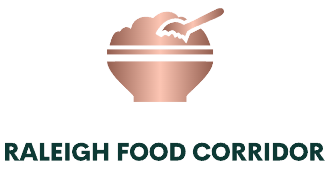Food recycling is the practice of collecting waste food and transforming it into bio-gas to generate electricity or bio-fertilizer to enrich the soil. Food waste is generated in large quantities in urban areas and cities. These wastes are usually either discarded or left to decompose in landfills. If composted, food waste can be used as a soil additive. These wastes can also be converted into renewable energy.
Food waste can be converted into chemicals and biofuels. Food waste can be recycled into electricity, bio-gas and bio-fertilizer. Food waste can also be converted into green house gas. Food is one of the most important commodities in the world. It is also one of the most economic goods in terms of cost and supply. We are surrounded by food every day of our lives.
Food is a basic requirement of human beings just like water, air and clothing. It is one of the most traded commodities in the world. The waste of food is not only the wastage of a valuable commodity but also the wastage of all the resources which go into the production, processing and distribution of that food.
How Food Waste Is Produced

Food waste is a huge problem in North Carolina. According to the North Carolina Department of Environmental Quality, the amount of the food produced in the United States is wasted! This large amount of wasted food ends up in landfills and overburdens the solid waste system at a nationwide level.
It takes a lot of money and energy to dispose of these decomposing food products. The EPA estimates that 10% of greenhouse gas emissions are produced due to food waste. The amount of fresh water and soil pollution is also enormous. These problems can be quickly resolved if the food is not wasted in the first place.
What Are The Benefits Of Food Recovery?
Food recovery is a way to build a positive image for a company, and also to help reduce food waste and hunger. A company that participates in food recovery will be seen as a responsible company that values sustainability and is better for the environment. Companies can recover food from events, grocery stores, and catering companies that would otherwise be wasted. This is a way to be a good corporate citizen while helping individuals in need.
According to the U.S. Department of Health and Human Services, food waste is the single largest component going into municipal landfills, and the second largest source of methane emissions (methane is a powerful greenhouse gas that contributes to climate change).
Fortunately, many restaurants and nonprofits are working hard to reduce the amount of food that ends up in the trash. The infographic below details how these organizations are turning food waste into a valuable commodity, and how YOU can address food waste in your own community.
DIY Food Recycling
DIY food recycling is a simple way of using leftover food items and turn them into something new. While there are several ways to do it, I recommend that you start with homemade dog biscuits. All you need to do is to blend leftover mashed potatoes, carrots, and beef. Make sure that the beef has no fat. Now add to that mixture a little molasses and vegetable oil with 2 cups of flour and ½ teaspoon of salt.
You can also put a little egg or milk to make the dough softer. Mix the mixture well before you form it into small and put them in the oven for around 20 minutes at 350 degrees. When you take the biscuits out of the oven, cool them off and store them in plastic bags. You can serve them to your dog as treats.
